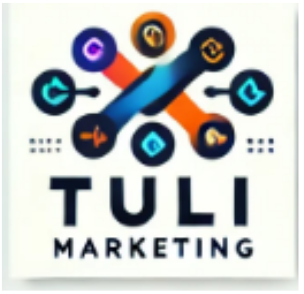SEO Course for Complete Beginners
Table of Contents
What is SEO?
Search Engine Optimization (SEO) is the strategy of improving a website’s visibility on search engines like Google. When done right, SEO drives free, targeted traffic to your site. This SEO course for complete beginners shows you how to start ranking and attracting clicks.
Why SEO Matters
Search engines power over 90% of online experiences. If your website doesn’t appear on the first page of Google, you’re losing out on thousands of visitors. With our SEO course for complete beginners, you’ll learn how to move up the rankings.

Keyword Research for SEO
What Are Keywords?
Keywords are the search terms users type into Google. They connect people to your content.
How to Do Keyword Research
Use free tools like Google Keyword Planner, Ubersuggest, or AnswerThePublic. Find keywords with low competition and high search volume.
Apply Keywords Effectively
Place your main keywords in:
- Page titles
- Headings (H1, H2, H3)
- Meta descriptions
- First 100 words
- Image alt tags
This course focuses heavily on mastering keyword use. In fact, the keyword “SEO course for complete beginners” is your starting point.
On-Page SEO Techniques
Title Tags
Keep title tags under 60 characters. Add your primary keyword upfront.
Meta Descriptions
Write compelling meta descriptions with your keyword. Aim for 150–160 characters.
Header Tags
Use H1 for the main title and H2s for sections. Always include variations of your keyword.
Content Optimization
Ensure your content is easy to read, valuable, and keyword-rich. Use short paragraphs, bullet points, and images.

Technical SEO Essentials
Mobile-Friendliness
Make your site responsive. Google rewards mobile-friendly pages.
Page Speed
Use tools like GTmetrix or Google PageSpeed Insights. Compress images and use caching.
Secure Website (HTTPS)
Always install an SSL certificate. Google prefers secure sites.
Clean URLs
Keep URLs short and readable. Avoid long strings of numbers or special characters.
Off-Page SEO Strategies
Link Building
Earn backlinks from credible websites. Guest posting, broken link building, and directory submissions work well.
Social Signals
Engage on social media. Shares and comments build trust with Google.
Local SEO
List your business on Google My Business. Use location-based keywords.
SEO Tools You Must Know
- Google Search Console – Track performance and index pages
- Ahrefs – Audit sites and explore backlinks
- SEMrush – Keyword research and competitor analysis
- Yoast SEO (for WordPress) – Optimizes posts easily
SEO Content Writing Tips
Write for People First
Make your content helpful. Use natural language. Answer questions.
Use Proper Keyword Density
Keep your keyword usage to around 2%. For example, in a 2500-word post, use “SEO course for complete beginners” around 50 times naturally.
Optimise Images
Add alt text. Reduce image sizes. Use descriptive filenames.
Add Internal Links
Link to other pages on your site. Helps with SEO and user navigation.
Understanding SEO Algorithms
Google Updates to Know
- Panda – Penalises thin content
- Penguin – Targets link spam
- Hummingbird – Focuses on intent
- RankBrain – AI-driven ranking algorithm

Stay updated. Our SEO course for complete beginners breaks this down.
Tracking SEO Progress
Use Google Analytics
Check traffic, bounce rate, and session duration.
Monitor Rankings
Track keyword positions using tools like SERProbot or Ahrefs.
Regular Audits
Use SEO tools to check for issues. Fix broken links, duplicate content, and indexing problems.

SEO Success Checklist
Conclusion
SEO drives free traffic. This SEO course for complete beginners gives you the tools to get started. From keyword research to content writing and technical fixes, you’re now ready to optimise and grow. Stay consistent and results will follow.
